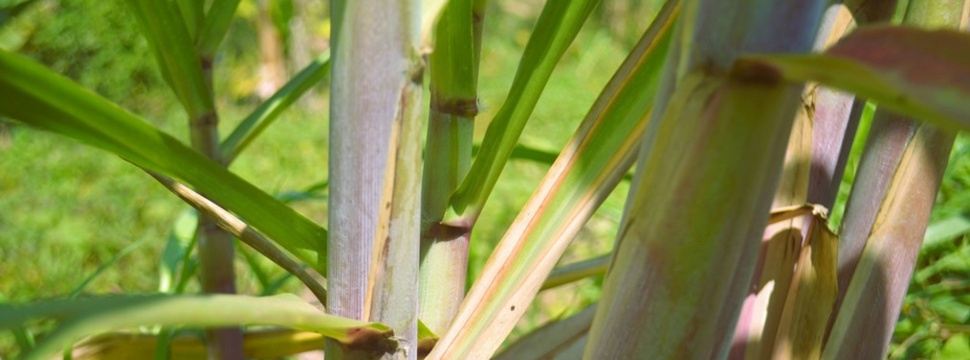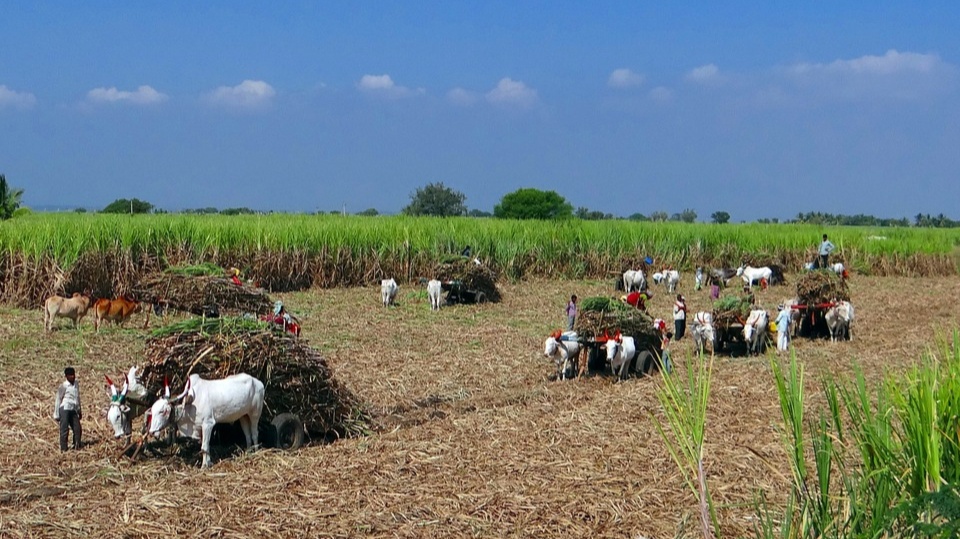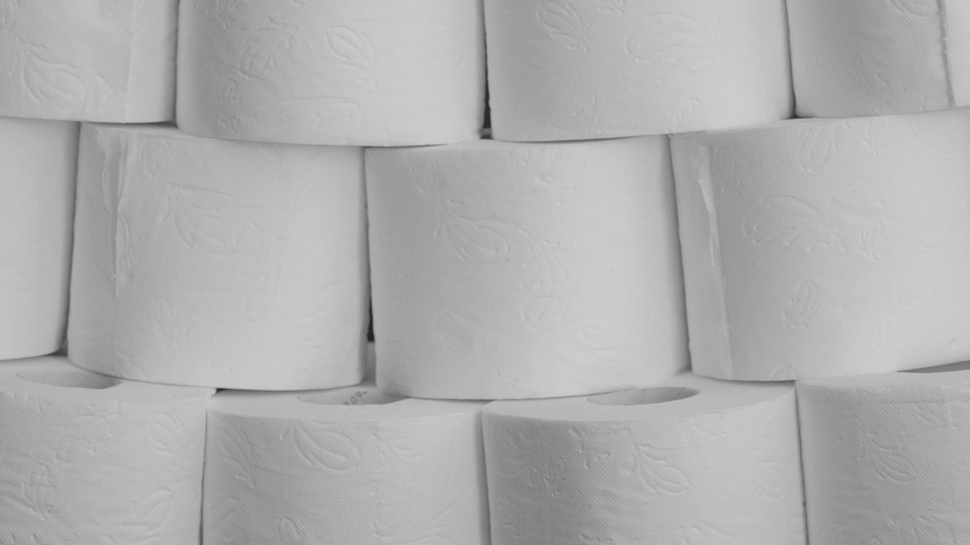Bagasse in the paper industry: an important and sustainable raw material
News General news
Bagasse is a versatile and sustainable raw material that is becoming increasingly important in the paper industry. This glossary text explains what bagasse is, how it is obtained and what advantages it offers as an alternative to conventional raw materials in paper production.


Definition of bagasse:
Bagasse is a residual material produced during the processing of sugar cane. After the sugar has been extracted from the sugar cane, the fibrous bagasse remains. This residue consists mainly of cellulose, hemicellulose and lignin and is ideal for the manufacture of paper and other products.
Extraction of bagasse:
Bagasse is produced in large quantities in sugar cane growing areas, mainly in tropical and subtropical regions such as Brazil, India and South East Asia. After sugar extraction, the bagasse is dried and pressed into bales to facilitate transportation. The bagasse can then be used directly in the paper industry or processed into other products.
Advantages of bagasse in the paper industry:
- Sustainability: Bagasse is a by-product of the sugar cane industry and is therefore a renewable raw material. The use of bagasse in paper production reduces dependence on wood as the main raw material, which helps to conserve forests.
- Environmentally friendly: The use of bagasse reduces the need for energy and chemicals in paper production. As bagasse already contains cellulose, the energy-intensive process of wood pulping is no longer necessary. In addition, less bleaching is required as bagasse is naturally lighter than wood fibers.
- Quality: Paper made from bagasse is characterized by its high strength, brightness and opacity. It is comparable to paper made from wood fibers and is suitable for a wide range of applications, such as printing and writing paper, packaging material and hygiene paper.
- Cost-effectiveness: The use of bagasse in the paper industry is cost-effective, as it is a residual material that is available in large quantities. The use of bagasse can reduce paper production costs, especially in regions where sugar cane is grown.
Applications of bagasse paper: versatile and environmentally friendly
Bagasse paper is used in many areas due to its excellent properties and environmental friendliness.
- Printing and writing paper: Bagasse is ideal for the production of high-quality printing and writing paper. The bagasse fibers give the paper a smooth surface, high strength and good ink adhesion. Brochures, flyers, stationery and notepads made from bagasse paper are not only environmentally friendly, but also visually appealing and durable.
- Packaging materials: Bagasse paper is ideal for the production of packaging materials. It is suitable for cartons, boxes, carrier bags and even food packaging. The strength and stability of bagasse paper ensures safe transportation and protection of the packaged products. By using bagasse instead of plastics or wood fibers, resources are conserved and the environmental impact is reduced.
- Hygienic papers: Bagasse is also used in the production of hygienic papers such as toilet paper, kitchen towels and napkins. The soft and absorbent fibers of bagasse ensure a pleasant feeling on the skin and high absorbency. Sanitary paper made from bagasse is an environmentally friendly alternative to conventional products made from wood fibers.
- Labels and stickers: Bagasse paper is also ideal for the production of labels and stickers. The smooth surface enables excellent print quality and color reproduction. In addition, the strength of bagasse paper ensures good adhesion and durability of labels, even under demanding conditions.
- Books and magazines: Bagasse paper is also used in book and magazine production. It offers high opacity, which prevents the printing ink from showing through, and ensures pleasant legibility. By using bagasse paper, publishers and printers can make a contribution to sustainability without compromising on quality.
- Art paper: Bagasse is also suitable for the production of high-quality art paper. The smooth and even surface enables excellent reproduction of colors and details. Art prints, photographs and graphics on bagasse paper impress with their brilliance and sharpness.
- Office materials: Bagasse paper is also used in the manufacture of office materials such as folders, suspension files and file covers. The stability and durability of the paper ensures that these products are highly resilient and long-lasting.
Conclusion: Bagasse - an important raw material in the paper industry
Bagasse has become an important raw material in the paper industry. By using this sustainable material, resources can be conserved, the environmental impact reduced and costs lowered without compromising on paper quality. With the growing awareness of sustainability and environmental protection, it is expected that the use of bagasse in paper production will continue to increase.
The paper industry is increasingly turning to bagasse as an alternative to traditional raw materials, thereby making an important contribution to conserving natural resources. Bagasse offers a promising solution for a more sustainable future in paper production.











